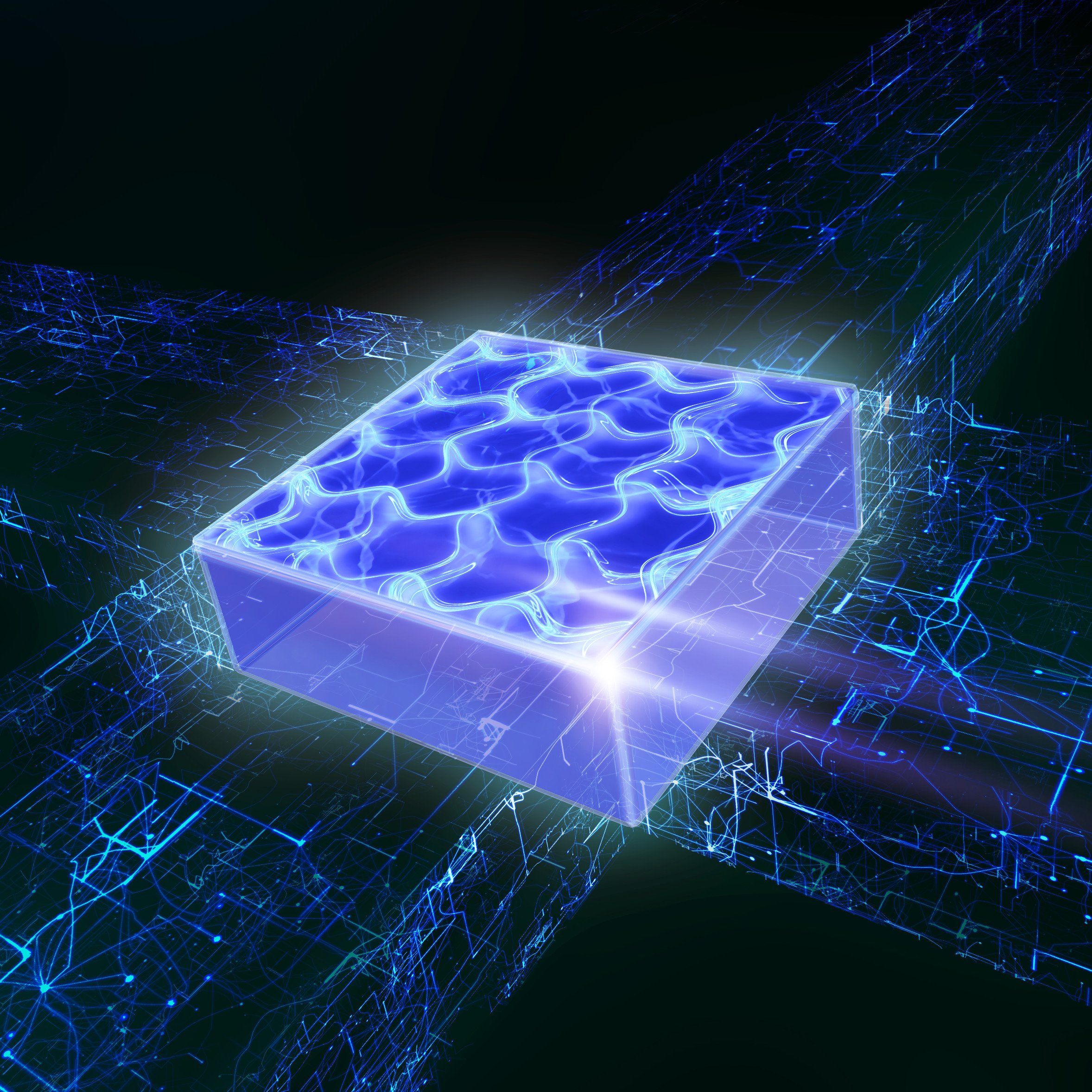
From everyday life, we are familiar with three states of matter: solid, liquid and gas. But In quantum physics, some substances are both solid and liquid. Researchers speak of supersolids. Their existence was predicted as early as the 1950s. But it was not until 2020 that scientists from Italy, Germany and Innsbruck independently succeeded in detecting them – in ultracold quantum gas.
Ultracold quantum gas
The Innsbruck research group was led by Francesca Ferlaino, a researcher at the Institute of Experimental Physics at the University of Innsbruck and the Institute of Quantum Optics and Quantum Information at the Austrian Academy of Sciences in Innsbruck. Her team was able to simultaneously form a crystal and a superfluid fluid – a liquid that can flow without resistance. The experiment was based on magnetic atoms and ultracold quantum gases called Bose Einstein condensate. This is cooled to just above absolute zero (minus 273 degrees Celsius).
Also interesting: The 8 queens mathematics problem in chess shows superiority of the quantum computer (German only)
Polarity of magnetic atoms
In ultracold quantum gas, atoms organize themselves into droplets through their magnetic interaction and arrange themselves in a regular pattern. Matthew Norcia of Francesca Ferlaino’s team says, “Normally, you would expect each atom to be found in a particular droplet, with no possibility of exchanging locations. But in the supersolid state, each particle is delocalized across all droplets, so it exists simultaneously in every droplet.” This bizarre formation enables the effect of superfluidity. This is frictionless flow despite the existence of spatial order.
Vortex formation detected for the first time
Until now, supersolid states in quantum gases have only ever been observed as a string of droplets, so they were one-dimensional. Ferlaino’s team has now succeeded in extending this phenomenon to two dimensions, creating systems with two or more rows of droplets. This also decisively expands the research perspectives. For example, in a two-dimensional supersolid system, it is possible to study how vortices form in the opening between several adjacent droplets. These vortices described in theory have not yet been demonstrated, but represent an important consequence of superfluidity,” Ferlaino explains.
Original publication:
Two-dimensional supersolidity in a dipolar quantum gas. Matthew A. Norcia, Claudia Politi, Lauritz Klaus, Elena Poli, Maximilian Sohmen, Manfred J. Mark, Russell Bisset, Luis Santos, and Francesca Ferlaino. Nature 18 August 2021
Also of interest: Prototype of commercially viable quantum computer to be in place by 2022 (German only)
